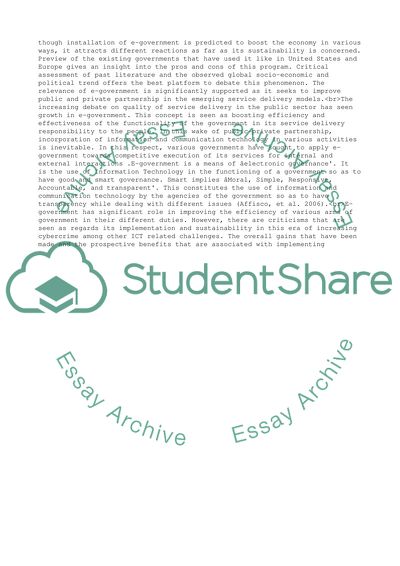Cite this document
(“What is egovernment, what was its goal and has it worked Assignment”, n.d.)
What is egovernment, what was its goal and has it worked Assignment. Retrieved from https://studentshare.org/management/1698134-what-is-egovernment-what-was-its-goal-and-has-it-worked
What is egovernment, what was its goal and has it worked Assignment. Retrieved from https://studentshare.org/management/1698134-what-is-egovernment-what-was-its-goal-and-has-it-worked
(What Is Egovernment, What Was Its Goal and Has It Worked Assignment)
What Is Egovernment, What Was Its Goal and Has It Worked Assignment. https://studentshare.org/management/1698134-what-is-egovernment-what-was-its-goal-and-has-it-worked.
What Is Egovernment, What Was Its Goal and Has It Worked Assignment. https://studentshare.org/management/1698134-what-is-egovernment-what-was-its-goal-and-has-it-worked.
“What Is Egovernment, What Was Its Goal and Has It Worked Assignment”, n.d. https://studentshare.org/management/1698134-what-is-egovernment-what-was-its-goal-and-has-it-worked.


